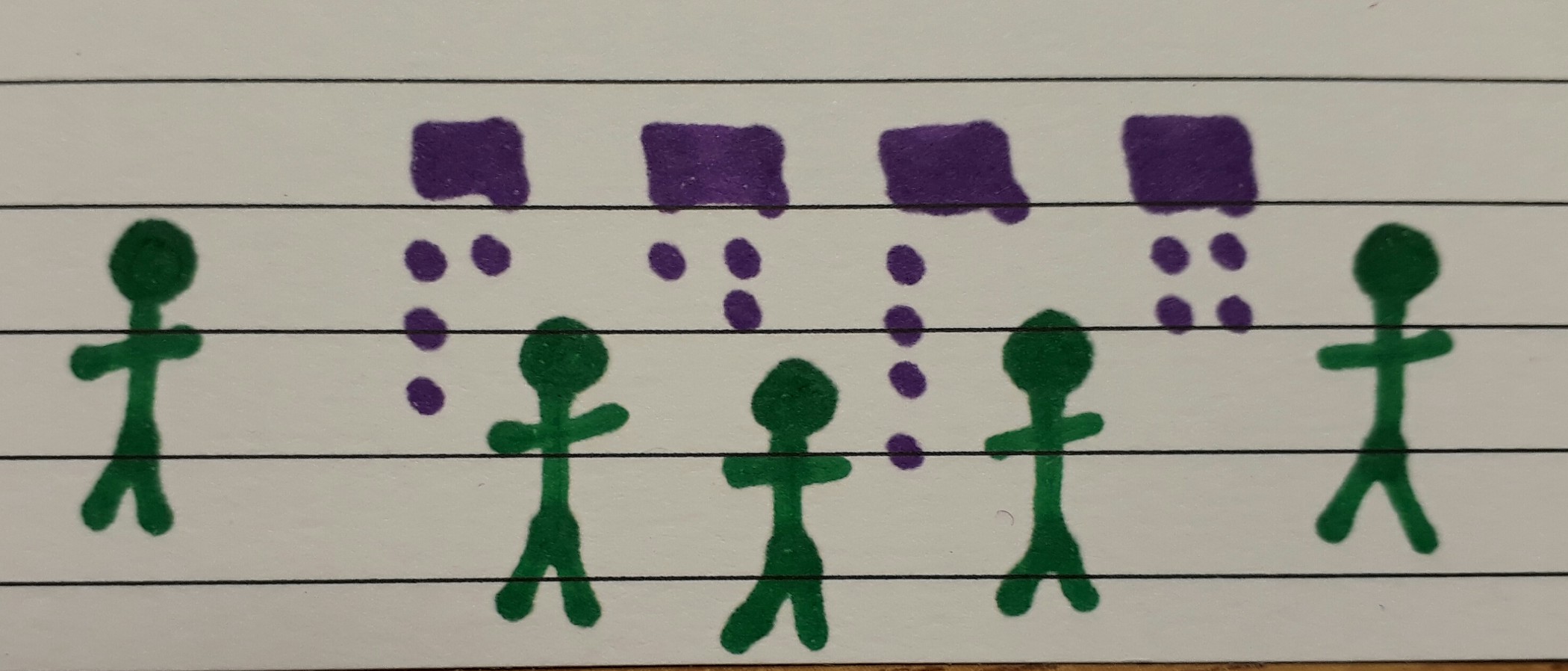Why we walk the wall rather than asking for individual updates
My team started out using the standard stand up format of answering the 3 questions;
- What did I do yesterday?
- What will I be doing today?
- What are my blockers?
As a fairly large team we started finding this to be very repetitive, with multiple team members working on one piece of work, descriptions of meetings attended unrelated to the project, and more time spent discussing early work due to the greater number of team members assigned to analysis. Worst of all, there would be work that had started, but no one was working on currently. Using the yesterday/today format, this wouldn’t get mentioned at the standup, and would disappear from view.
As an experiment we started ‘walking the wall’ once a week. We have a large wall dedicated to our kanban board, which has on it cards describing all the work currently being worked on. Once a week we would switch to discussing the cards on the wall, from right to left during the standup. This started focusing attention on cards that appeared to have no one working on the work described, identifying them to be picked up again. Usually it turned out that we had needed input from someone outside the team, and after sending a request to them, the card had been forgotten as the person working on it had moved on to something else.
We soon decided to use this method in every standup, as people were fairly sick of repeating each other with the work they had been collaborating on.
By discussing the cards starting from the right hand side of the board in turn;
- We focus on the question “what do we need to do to get this released” rather than getting a status update of what each person was doing. Any card that is left hanging around with no one working on it is quickly identified, and a team member can pick it up to move it on.
- You can get updates from multiple members of the team who might have been working on it in context, rather than waiting for each of them to provide their updated interspersed with updates about unrelated work. This has improved communication between team members, and prompted more discussion around what is required and what help is needed.
- People don’t lose focus as they may when going around the entire team (because they are thinking about what to say when it comes to their turn), and so catch the update on work that may be coming their way in a day or two.

